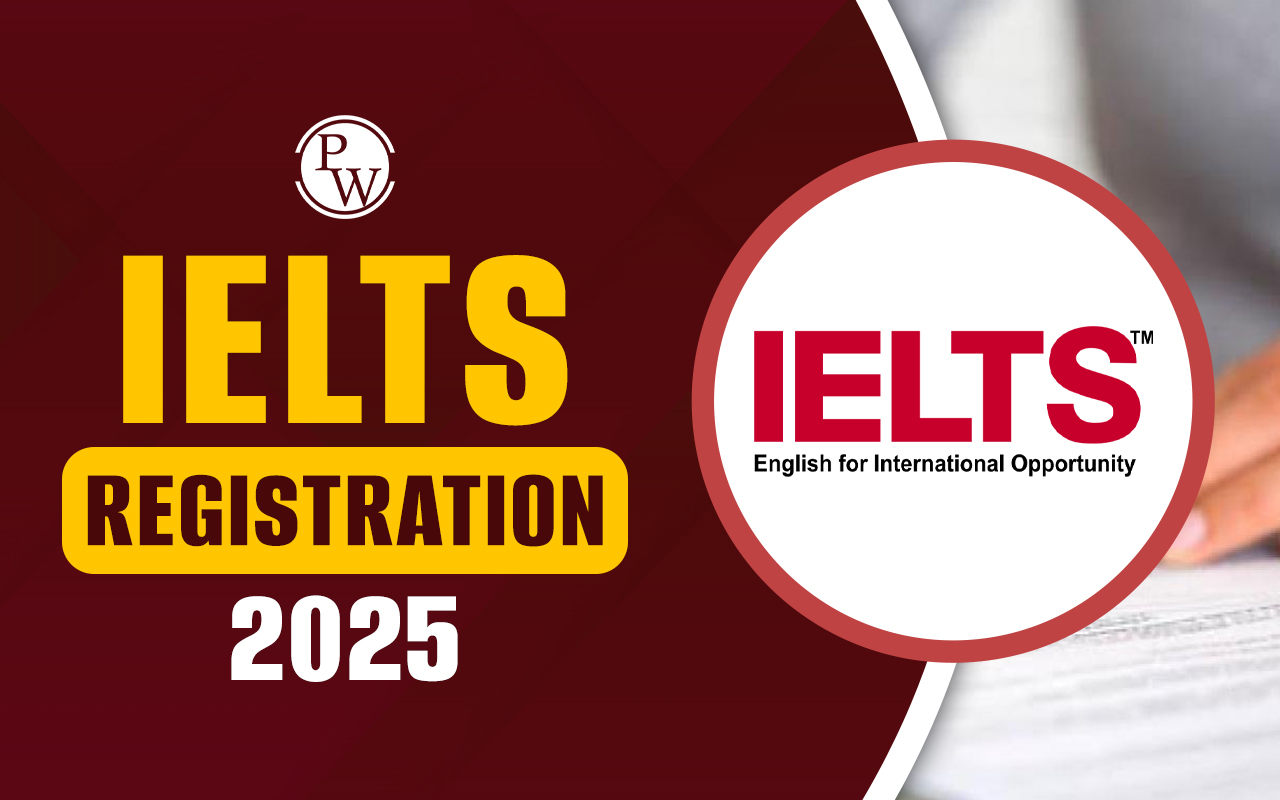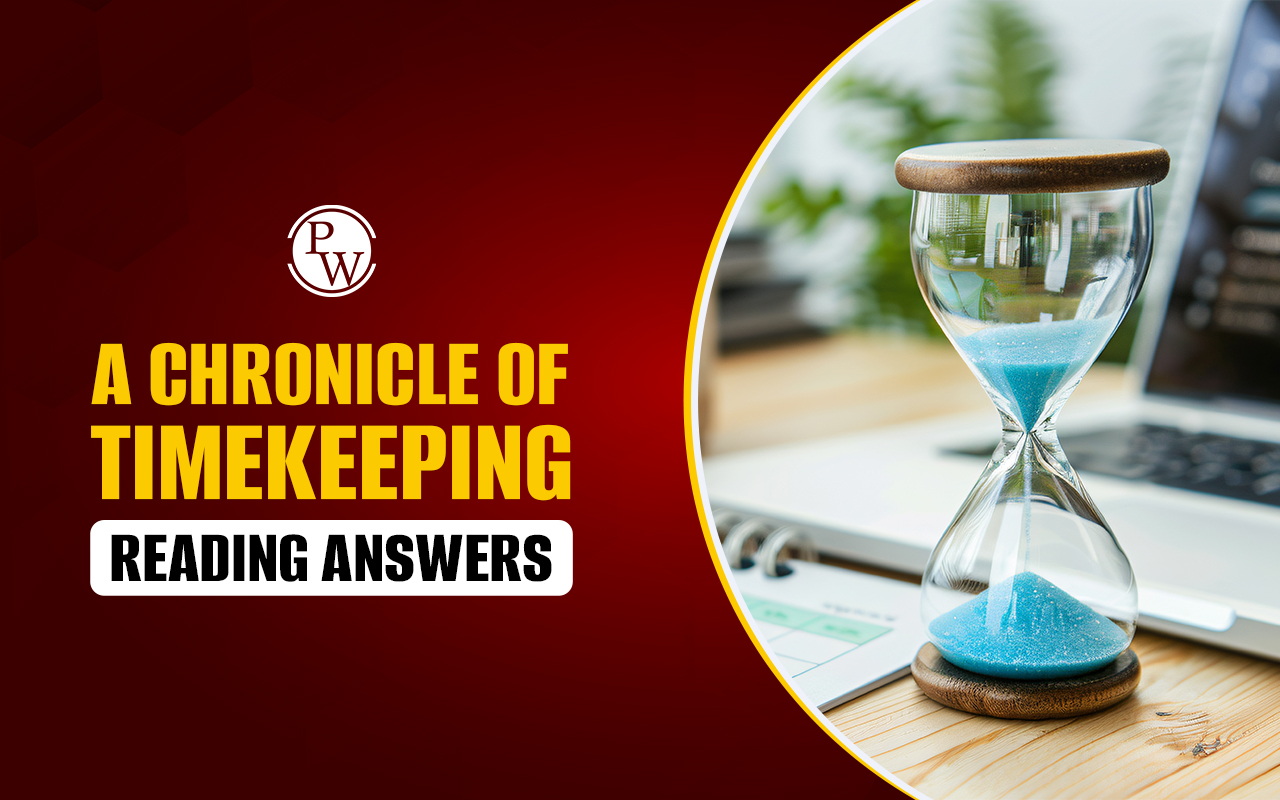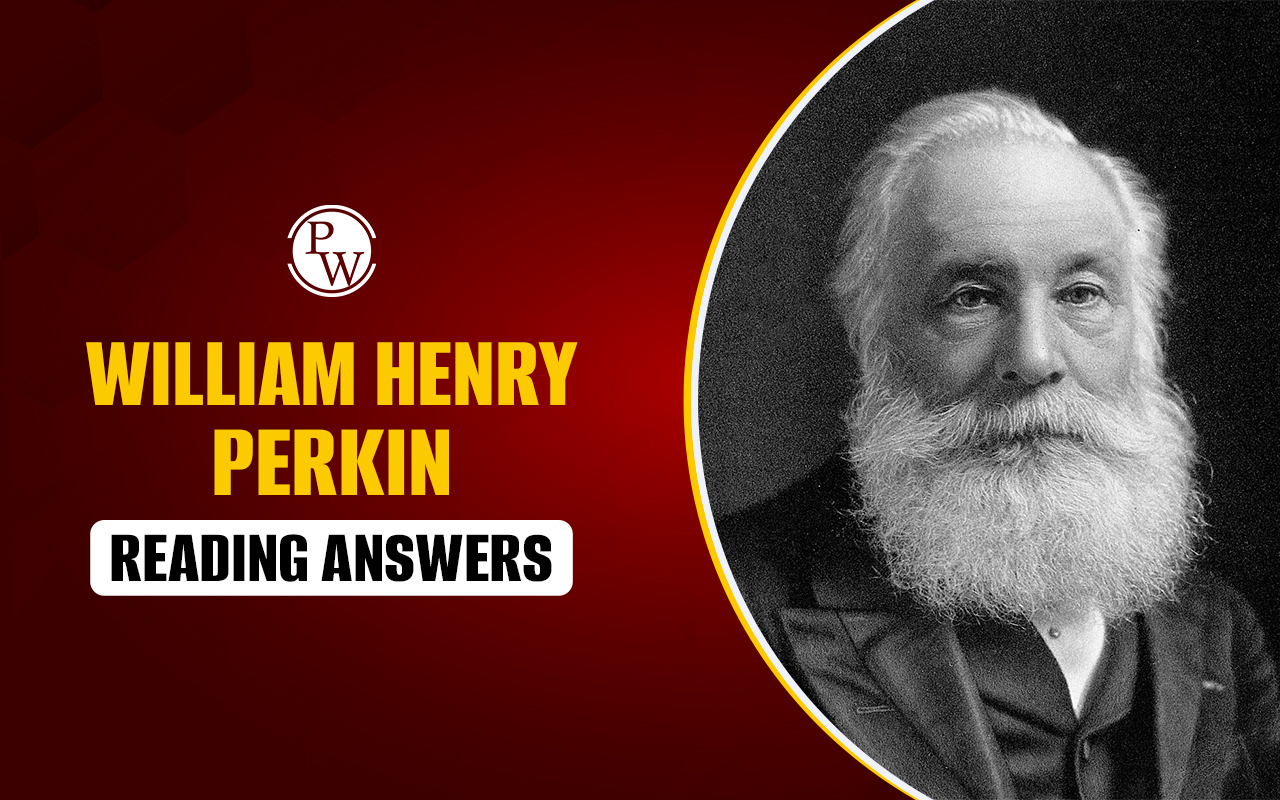
Early Childhood Education Reading Answers passage explores how early learning shapes a child’s future and highlights the role of parents and institutions in development. This IELTS passage on early childhood development reflects key findings from research studies, showing why the first three years are crucial for intellectual, social, and language growth.
Designed for candidates preparing the early childhood education IELTS reading test, this passage is a valuable academic reading early education answers practice. Students can use it as an effective early childhood education reading practice resource while improving skills in IELTS Reading Topics, IELTS Reading Test Format, and IELTS Reading Question Types. Provided here is the complete passage along with sample questions and its solutions.
Early Childhood Education Reading Passage
Provided here is the complete passage of IELTS Early Childhood Education Reading Answers Passage highlights the importance of the first years of learning. This early childhood education IELTS reading test focuses on child development, parental involvement, and education policies, making it ideal for IELTS Reading Topics and academic reading early education answers practice.
Early Childhood Education Reading Passage
Dr. Lockwood Smith's recent visit to the US and Britain came with a list of findings. Being New Zealand's National Party Education's spokesman reports the key findings of his visit and reveals the prospects in New Zealand's education policy.
‘Education To Be More' is a report pertaining to the New Zealand Government Early Childhood Care and Education Working Group. It was published last August, discussing the enhancement of access and funding for childcare and early childhood education institutions. Though education is a necessity, parents don't send children to pre-schools until they attain three years of age. Are they missing out on the most crucial years of all? Let's see further.
A 13-year research study of early childhood development at Harvard University reveals that most children after the age of three have the ability to understand nearly 1000 words - most of the vocabularies they will practise in normal conversation for the rest of their lives. In addition to that, research shows that as every kid born will be curious, however, it can be controlled significantly in their second and third years of life. Researchers say that human behaviour gets into shape during the first two years. Similarly, during the first three years children acquire the fundamental skills which will be used later at home and at school. Once children cross three years, they try to spread their existing knowledge of the world.
A general fact is that children from poorer socio-economic backgrounds are likely to perform not well in studies. It's acknowledged not only in New Zealand but also in Britain, America and Australia. To tackle the educational issue, a nationwide program known as 'Headstart' was initiated in 1965 in the United States, with a pool of money. It made a path for children to join in pre-school institutions after turning into three, and facilitated the children from poorer families perform better in school. Besides so much investment, the result was not as expected. It is because of two things. First, the program started too late. Most of the children who enrolled in it were already behind their peers in language and reasonable intelligence. Second, there is no participation from the parents. After school hours, children go back to the same home where parents don't know how to improve their skills.
Now it has become evident from the pilot program 'Headstart' launched in Missouri in the US that the first three years of a kid's life are important. This growing need shows that working with the parents rather than ignoring them from the process of child's education is the most effective way of improving children's learning abilities. The four-year pilot study involved around 380 families who have one child, and are from a cross-section of socio-economic background, etc. The other factors include age and family configurations. For this pilot study, they included single-parent and two-parent families. Moreover, it included families where both parents are working and families where one parent is at home.
The program is associated with parent-educators who visit the parent's home engaging with tired parents or parents and the child. Know the child's development, necessary advice on things to care for, and what to expect as the child grows, etc. all such information is given. It also added the guidance in keeping the child's intelligence, language proficiency, social and motor-skill development. Regular diagnoses of the child's academics and sensory development (hearing and vision) were kept available to measure possible hurdles that help with development and growth. In case of medical issues, they met the medical practitioners. Parent-educators visited homes and conducted group meetings every month with new parents. They shared experiences and discussed topics of varied subjects. Apart from that, parent resource centres offered study materials for families and facilitators for the child core. It is located in each school building.
The children at three years of age, who had been indulged in the pilot program 'Missouri' were analysed alongside a similar section of children chosen from the same range of cross-section, socio-economic aspects and family conditions, and also the same age of children as samples. Astonishingly, the results were excellent. The children with the same age group were more advanced in language proficiency than their counterparts. They showed greater potential in problem-solving techniques and other intellectual skills, besides social development. Here, the average performance of a child in this program was at the level of top 15 to 20 percent compared to their peers in things like verbal ability, language skills, and auditory comprehension.
Above all, the classical method of measures of 'risk' like the parents' age and education, or whether they were a single parent, no interest or having no relationship to the assessments of success and language development. On the other hand, children performed equally well in the program despite their socio-economic backgrounds. In this program, no child was virtually abused. The one component that tended to affect the child's development was stress from the family side that led to poor quality of parent-child relationship and interaction. That interaction was not always bad in poorer families.
Most of these findings are interesting. There is alarming evidence in New Zealand that children belonging to poorer socio-economic backgrounds are performing less at school and that our school system tends to maintain that disadvantage unknowingly. The initiative subsequently mentioned the fact that above could break that cycle of disadvantage. The idea of engaging with parents in their homes or at their workplace, could improve the situation quite markedly with respect to the Early Childhood Care and Education Working Group's report. Their main objective is to enrol children and mothers to childcare and institutionalised childhood education at an early stage. Education from the age of three to five is unquestionably important to any child, but not focusing on parent education and the vital importance of the first three years, might lead to evidence that reflects the inequality in education.
Early Childhood Education Reading Answers Sample Questions
Sample questions from the IELTS passage early childhood development help learners practise multiple question formats like IELTS Reading multiple choice questions and IELTS Reading Sentence Completion Questions. These practice sets improve understanding of IELTS Reading Test Format, IELTS Reading Question Types, and provide essential early childhood education reading practice.
Here is the set of sample questions that candidates and aspirants can practice to boost their preparation.
1. Early Childhood Education True / False / Not Given Questions
Write TRUE if the statement agrees with the passage, FALSE if it contradicts, and NOT GIVEN if there is no information.
-
Most children can understand around 1000 words before turning three years old.
-
The Headstart program in the US completely solved the educational gap for poor children.
-
The Missouri pilot study included families with both single parents and two parents.
-
Children in the Missouri program showed improvement only in their physical development.
-
Stress in families sometimes affected the parent-child relationship.
2. Early Childhood Education Multiple Choice Questions (MCQs)
Choose the correct option A, B, C, or D.
According to Harvard research, when do children acquire fundamental skills used later at home and school?
A. Before the age of 1
B. Between ages 1–3
C. After age 3
D. Between ages 5–7
Why did the original Headstart program in the US not achieve expected results?
A. Teachers were not well trained
B. It began too late and lacked parental involvement
C. Children refused to attend schools
D. Funding was inadequate
What was a unique feature of the Missouri pilot program?
A. It enrolled only rich families
B. It involved parent-educators visiting homes
C. It focused only on health checkups
D. It targeted only school-age children
3. Early Childhood Education Sentence Completion
Complete the sentences with NO MORE THAN TWO WORDS from the passage.
-
The report Education To Be More discussed increasing access and ______ for childcare.
-
After school, children in the Headstart program returned to homes where parents lacked ______.
-
Parent resource centres provided ______ materials for families.
-
Children in the Missouri study were in the top ______ percent in language and problem-solving ability compared to their peers.
4. Early Childhood Education Short Answer Questions
Answer in NO MORE THAN THREE WORDS.
-
Which university conducted a 13-year study on early childhood development?
-
In what year was the US Headstart program launched?
-
Which factor most negatively affected child development apart from poverty?
IELTS Early Childhood Education Reading Answers
IELTS Early Childhood Education Reading Answers provide learners with detailed solutions, guiding them through academic reading early education answers. This passage serves as an excellent early childhood education IELTS reading test resource, strengthening IELTS Reading structure knowledge while supporting preparation for IELTS Reading Band Score improvement.
Refer to the table below to find the correct answers to the questions above and check your progress.
| IELTS Early Childhood Education Reading Answers | ||
| Question Type | Question | Answer |
| True/False/Not Given | Most children can understand around 1000 words before turning three years old. | FALSE |
| The Headstart program in the US completely solved the educational gap for poor children. | FALSE | |
| The Missouri pilot study included families with both single parents and two parents. | TRUE | |
| Children in the Missouri program showed improvement only in their physical development. | FALSE | |
| Stress in families sometimes affected the parent-child relationship. | TRUE | |
| MCQ | According to Harvard research, when do children acquire fundamental skills used later at home and school? | B. Between ages 1–3 |
| Why did the original Headstart program in the US not achieve expected results? | B. It began too late and lacked parental involvement | |
| What was a unique feature of the Missouri pilot program? | B. It involved parent-educators visiting homes | |
| Sentence Completion | The report Education To Be More discussed increasing access and ______ for childcare. | funding |
| After school, children in the Headstart program returned to homes where parents lacked ______. | skills | |
| Parent resource centres provided ______ materials for families. | study | |
| Children in the Missouri study were in the top ______ percent in language and problem-solving ability compared to their peers. | 15 to 20 | |
| Short Answer | Which university conducted a 13-year study on early childhood development? | Harvard University |
| In what year was the US Headstart program launched? | 1965 | |
| Which factor most negatively affected child development apart from poverty? | Family stress | |
Guidance to PW IELTS Prep
IELTS Online Courses is a great initiative Physics Wallah took to help IELTS aspirants better prepare for the exam. Follow our below pages to learn more about the IELTS exam.| IELTS Reading Band Score | IELTS Listening Band Score |
| IELTS Speaking Band Score | IELTS Writing Band Score |
IELTS Early Childhood Education Reading Answers FAQs
What is the IELTS Early Childhood Education Reading Answers passage about?
How can this passage help in the IELTS Reading Test?
What types of questions are included in this passage?
Which university conducted the key early childhood development study?
What was the main drawback of the US Headstart program?













